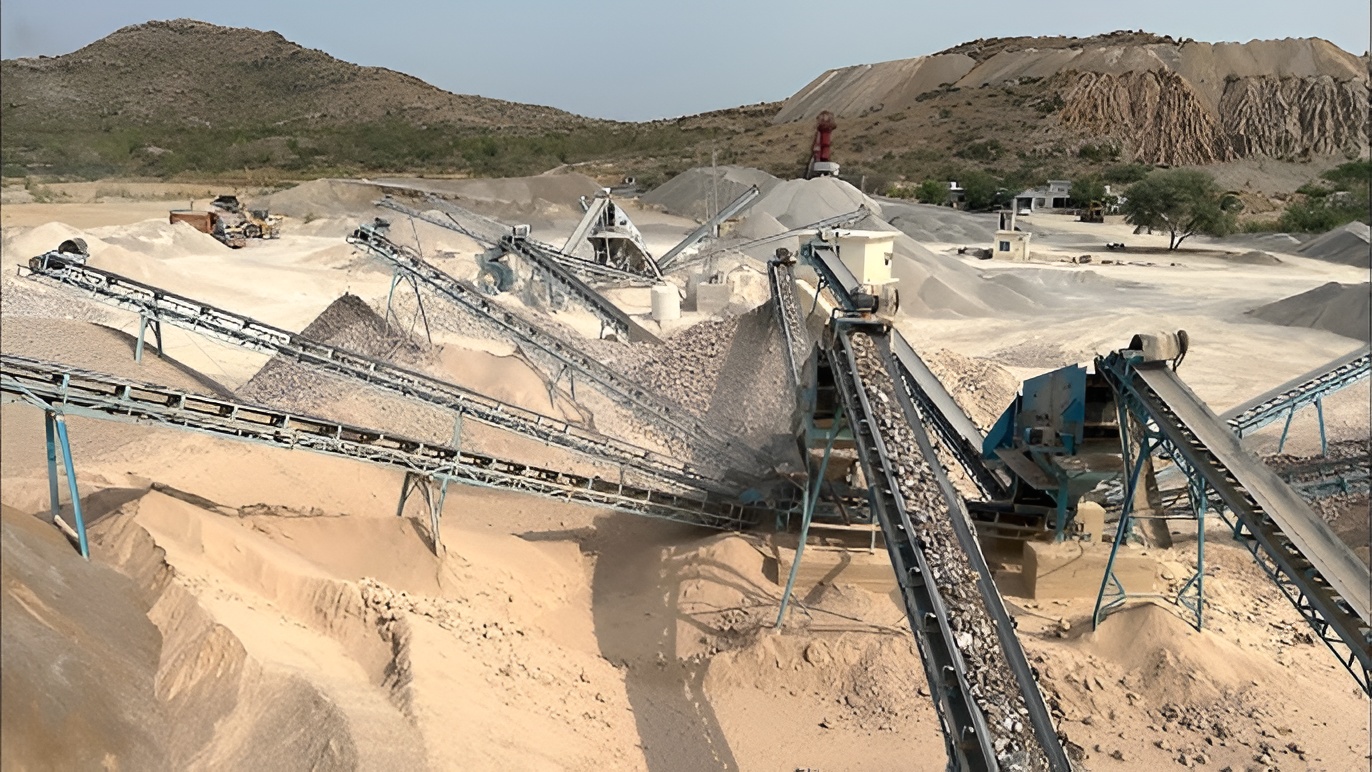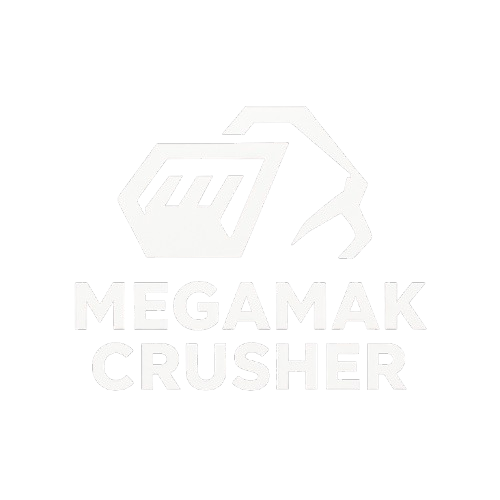Tips for Optimizing Crushing Plant Efficiency

Maximizing efficiency in a crushing plant is essential for profitability, productivity, and equipment longevity. A well-optimized plant consumes less energy, reduces wear on machinery, and ensures consistent material output. Implementing strategic operational practices and leveraging modern technology can significantly improve performance across all stages of crushing and screening.
Material Flow Management is the first step in optimizing plant efficiency. Ensuring a consistent feed rate and avoiding bottlenecks helps crushers operate at their ideal capacity. Oversized or irregular feed can cause blockages, excessive wear, and reduced throughput. Installing feeders with adjustable speeds, grizzly bars, or pre-screening equipment can regulate feed size and flow, preventing interruptions and maintaining smooth operations.
Proper Equipment Configuration also plays a critical role. Selecting the correct crusher type, screen size, and conveyor layout ensures that each component operates at peak efficiency. Secondary and tertiary crushers should be matched to the output size required, while screens must effectively separate material into the desired fractions. Periodic evaluation of plant layout and process flow can identify inefficiencies and allow for adjustments to maximize throughput.
Routine Maintenance and Monitoring directly influence efficiency. Regular inspections, timely lubrication, and proactive wear part replacement minimize unplanned downtime and extend equipment life. Advanced monitoring tools, including vibration sensors, temperature gauges, and IoT-enabled equipment, allow operators to detect issues early, preventing major breakdowns and ensuring continuous operation.
Energy Management is another key factor. Efficient crushers consume less power and reduce operational costs. Variable frequency drives (VFDs), automated feed control, and intelligent load monitoring can optimize energy consumption without compromising output. Implementing energy-efficient motors and adopting hybrid or electric solutions can further reduce fuel consumption and emissions.
Operator Training and Best Practices are equally important. Skilled operators understand material characteristics, adjust equipment settings appropriately, and respond effectively to changing conditions. Educating staff on plant performance indicators, load management, and troubleshooting ensures that machines run at optimal levels consistently.
Data Analysis and Process Optimization offer a long-term solution for sustained efficiency. Tracking production metrics, equipment performance, and energy usage enables managers to identify trends, benchmark performance, and implement improvements. Leveraging predictive analytics can streamline maintenance schedules, optimize throughput, and reduce costs over time.
In conclusion, optimizing crushing plant efficiency is a combination of strategic feed management, proper equipment selection, proactive maintenance, energy-conscious operations, and well-trained personnel. By integrating these best practices, operators can maximize output, reduce operational costs, extend equipment lifespan, and maintain a reliable, high-performance crushing operation.
